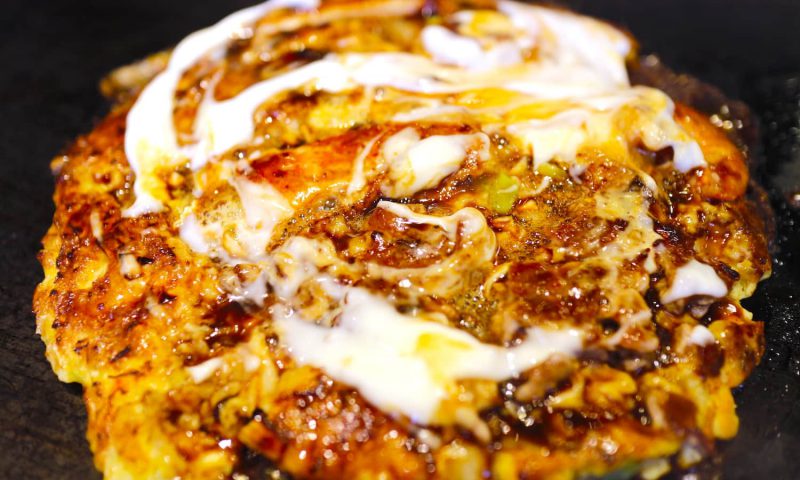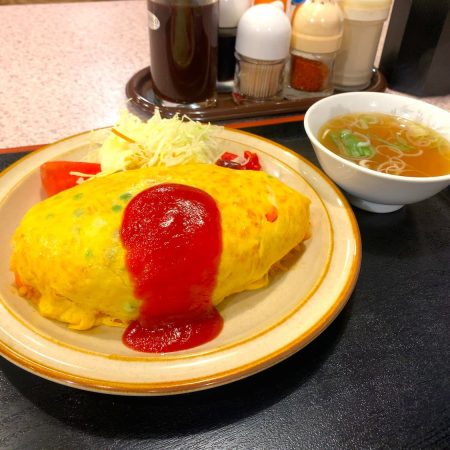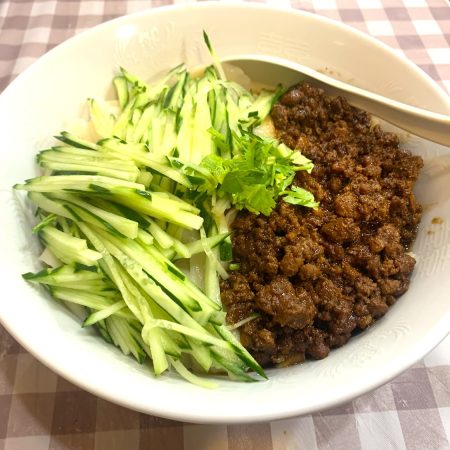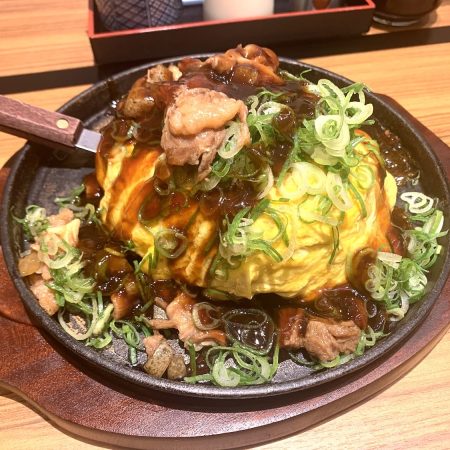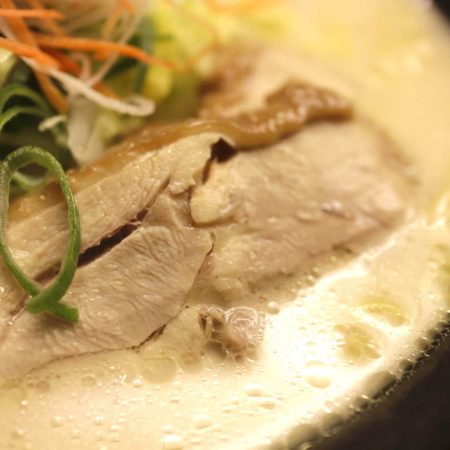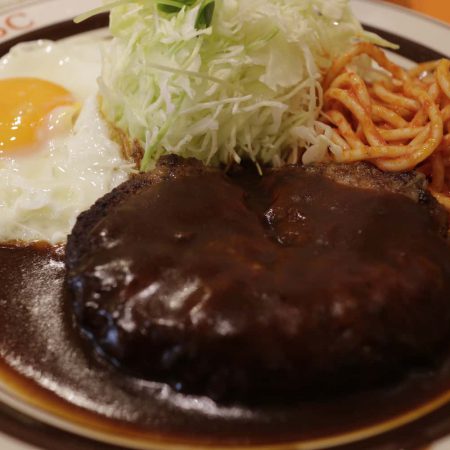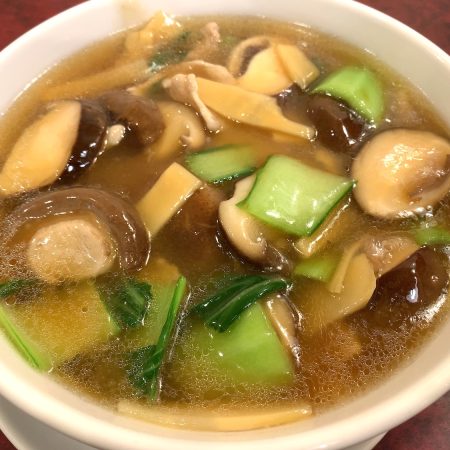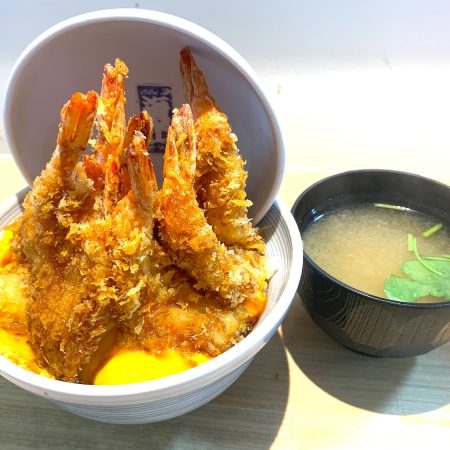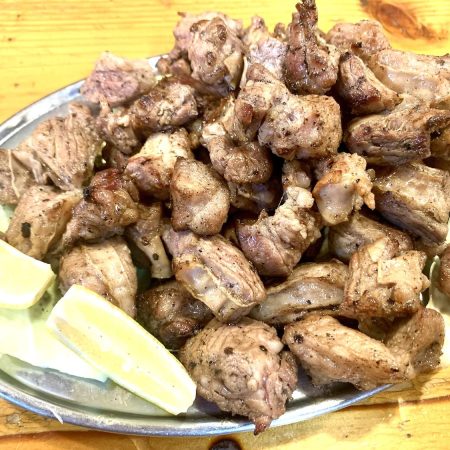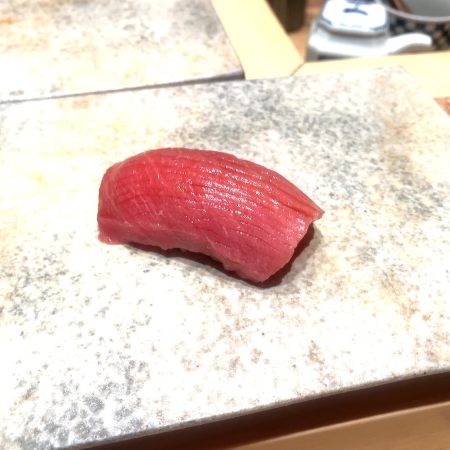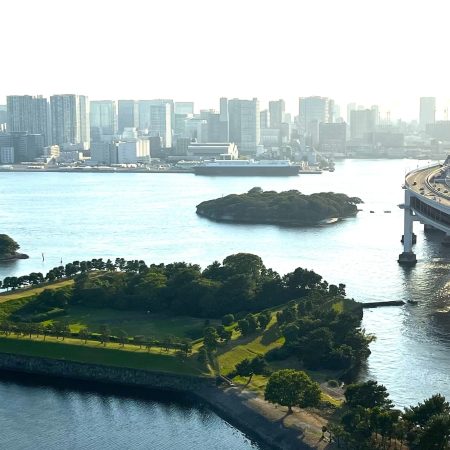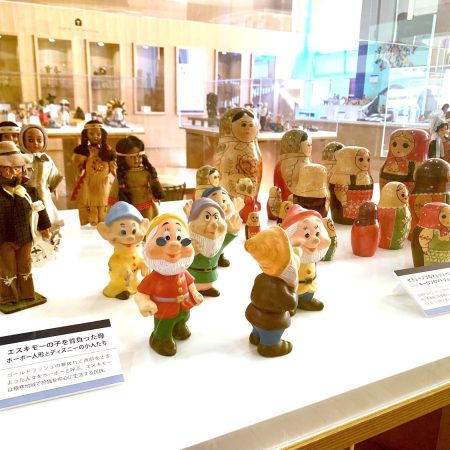Okonomiyaki: Japan’s Grilled Delight from Azuchi-Momoyama to Present
Okonomiyaki, a grilled dish, traces its roots back to the Azuchi-Momoyama period (1568-1600) when Sen no Rikyu presented “fu no yaki.” In the Meiji era, dishes like “monja-yaki” and “don-don-yaki” emerged in Tokyo, gradually spreading across Japan. The name “okonomiyaki” likely originated in early Showa era (1926-1989) Tokyo.
In Osaka-style, the batter and ingredients are mixed and cooked evenly on a hotplate with coarsely minced cabbage. Toppings like aonori and shaved bonito flakes, along with noodles, called “modan yaki,” add to its appeal. Osaka cherishes its okonomiyaki culture as part of the “Naniwa no konamon” tradition. Many restaurants throughout Osaka prefecture offer okonomiyaki, and it is also a popular household dish.
When visiting Osaka, Dishes Japan recommends two Okonomiyaki restaurants for an extraordinary culinary experience.
Fukutaro (福太郎): Michelin Bib Gourmand Okonomiyaki Restaurant in Osaka
Fukutaro is a top-notch okonomiyaki restaurant in Osaka, known for positive reviews. Despite the long line, it moves quickly and is worth the wait. The main branch has a large U-shaped counter with a teppan grill. Popular dishes include Buta Negiyaki and Buta Tama with added cheese. Side dishes like Homemade Avocado Tofu and Raw Octopus with ponzu are also recommended. Fukutaro doesn’t take reservations, so arrive early and ask for an English menu if needed.
Okonomiyaki Mizuno (お好み焼き 美津の): Osaka’s Michelin Bib Gourmand Okonomiyaki Haven
Okonomiyaki Mizuno is a well-known restaurant in the Dotonbori district of Osaka, established in 1945. It specializes in Kansai-style okonomiyaki, where customers can choose their own ingredients to be grilled. The restaurant is popular for its commitment to using fresh ingredients from the Kuromon Market. It offers both counter seating and table seating, allowing customers to cook the dish themselves or have a chef do it for them. The most popular menu item is the Yamaimo-yaki, made with mountain yam batter and various toppings. Another noteworthy dish is the Negi-yaki, an Osaka specialty featuring green onions, pork, and kimchi.

